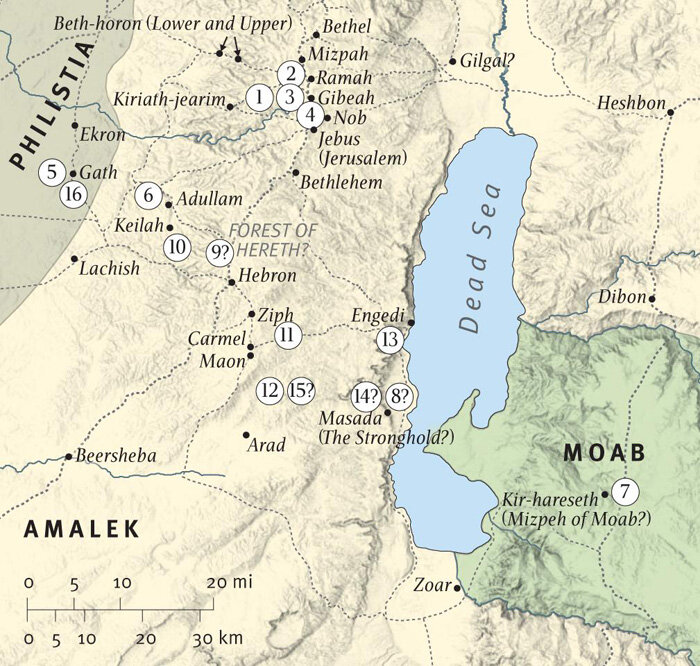Hernán Cortés in 1519 | "burn the ships" there is no turning back, only the way forward.
In the early 16th Century, Spanish interests began to shift from the Caribbean to the Americas, where the Spanish government and their settlers anticipated finding more resources to exploit. Spanish conquistadors (“conquerors“) pressed-on beyond the Caribbean islands, moving West into Mexico and South into Panama and Peru. Between 1519 and 1521 Don Hernán Cortés de Monroy y Pizarro Altamirano, Marquis of the Valley of Oaxaca, (Spanish conquistador Hernán Cortés c. 1485-1547) and a small band of men brought down the Aztec empire in Mexico. This conquest laid the foundations for the Spanish colonial regimes that would transform the Americas along the Southern Atlantic.
The conquest of Mexico began with an expedition to search for gold on the American mainland. In 1519 Cortés led about 450 men to Mexico and made his way from Veracruz on the Gulf Coast to the island city of Tenochtitlan, the stunningly beautiful Aztec capital situated in Lake Texcoco. They seized the emperor Motecuzoma II, who died in 1520 during a skirmish between Spanish forces and residents of Tenochtitlan.
Aztec forces soon drove the conquistadors from the capital, but Cortés built a small fleet of ships with the resources they sourced from the mainland, placed Tenochtitlan under siege, and in 1521 starved the city into surrender.
Cortés, when he arrived with his men in the Americas, in order to solidify the seriousness of their resolve, he ordered his men to "burn their ships."
There will come times in a man or woman’s life where they must decide, there is no going back. Only the way forward.
David Flees from Saul | 1 Samuel 21
“David’s growing reputation among the people as a warrior and leader incited Saul’s jealousy, and Saul began trying to kill David. David fled from Saul in Gibeah and went to Samuel at Naioth in Ramah, but soon Saul sought him there, and David fled back to Jonathan in Gibeah.
After Jonathan warned David of Saul’s determination to kill him, David fled to Ahimelech the priest at Nob, where he collected food and Goliath’s sword. David briefly sought refuge in the Philistine city of Gath and then set up his headquarters at the cave of Adullam, where the ranks of his army swelled to 400 men. In order to protect his parents from harm, David left them in the care of the king of Moab at Mizpeh and went to live in “the stronghold.”
After some time, David went to the forest of Hereth and then left to rescue nearby Keilah from some Philistine raiding parties. When David heard that Saul was coming to Keilah, he and his growing army of 600 men relocated to the wilderness of Ziph. After the men of Ziph betrayed David to Saul, David and his men went to live in the wilderness of Maon and narrowly escaped capture there by Saul.
Fleeing the strongholds of Engedi, David again evaded capture by Saul and refused an opportunity to take Saul’s life. David returned to “the stronghold” and then to the wilderness of Paran. While he was there, David was again betrayed to Saul by the men of Ziph and refused another opportunity to take Saul’s life. Finally, David and his men sought refuge with Achish, the king of Gath.”

